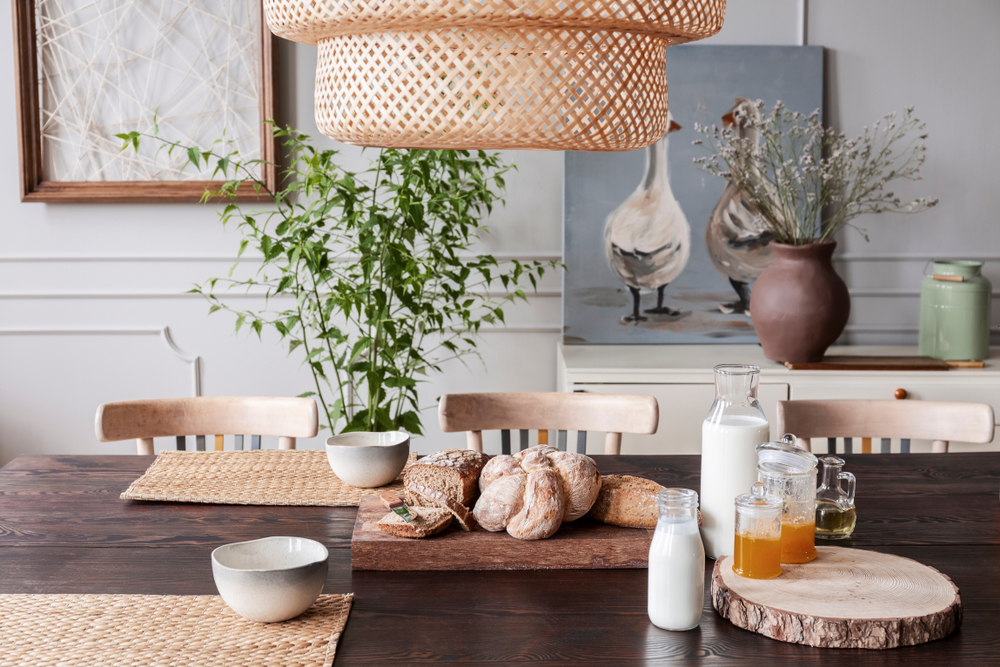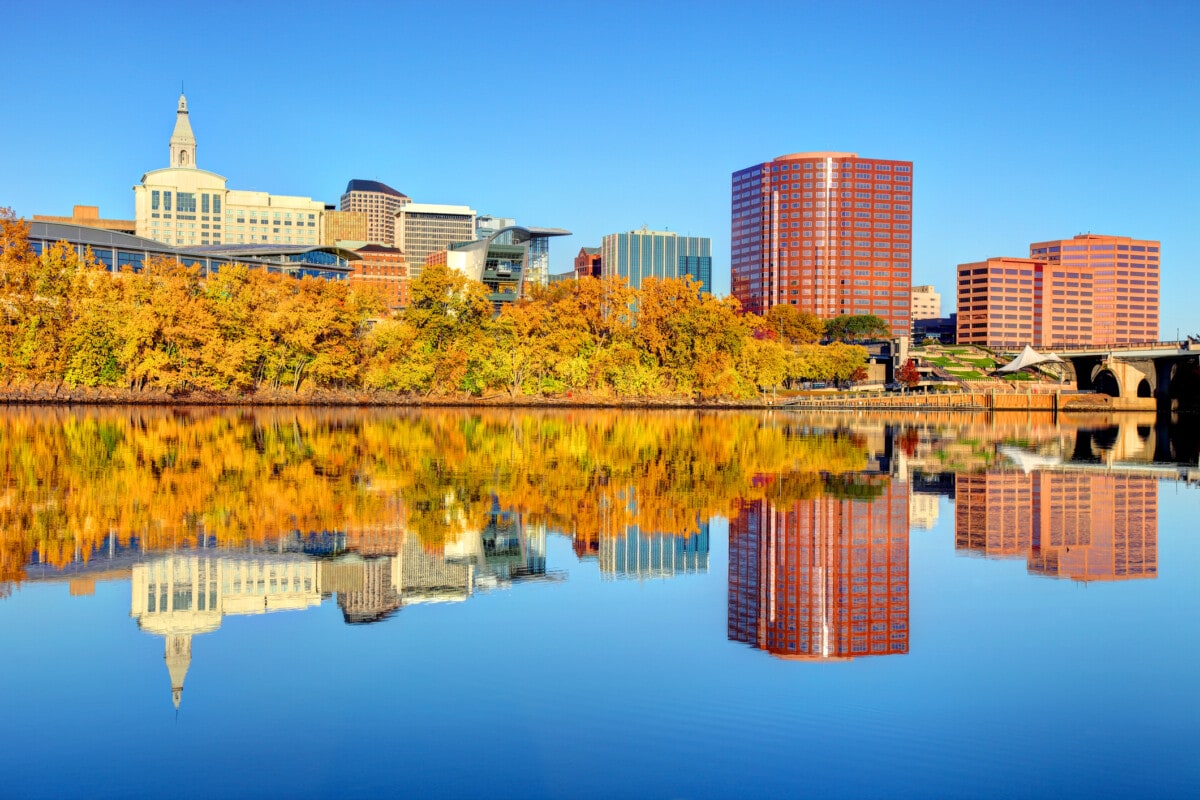South Australia is shifting its strategy on housing and rezoning five sites that were previously exempt from development.
South Australian premier Peter Malinauskas has announced that the government will introduce a bill to change some of the boundaries of the state’s Environment and Food Production Areas (EFPAs) to allow for new homes to be built.
This move is a key component of the Greater Adelaide Regional Plan, which was unveiled on 17 March, and aims to find space for 315,000 new homes in the greater capital city region over the next 30 years.
The Greater Adelaide Regional Plan looks to build 315,000 new homes over 30 years. Image: Getty
While the plan aims to investigate infill and greenfield sites across Adelaide, the rezoning of the EFPAs are the first substantial move as part of the city plan. They’re expected to lead to up to 61,000 new homes across five communities.
The sites that are set to be opened up to residential development are in the boundaries of Roseworthy in Adelaide’s southeast; Two Wells, which sits just inland from Port Gawler; Murray Bridge in the outer east; Victor Harbor in the south; and Goolwa on the Murray River.
SA’s shifting housing policy
South Australia’s EFPAs were instituted in the state in 2017 in order to protect the state’s food and wine regions from “urban encroachment”.
Slated for review every five years, the boundaries were not set to be reexamined until 2027.
But given the housing supply crunch that is pushing more and more Australian residents into housing stress in South Australia and all across the country, the state felt that changes were necessary.
“When the EFPAs were created, the government’s priority was for 85 per cent of all growth to occur through infill development which means the existing Act is inconsistent with the current objectives and needs updating,” a statement from South Australia noted.
Nick Champion, South Australia’s housing minister, further explained that the government had decided to move away from differentiating between infill and greenfield targets in this latest iteration of the city’s 30-year plan.
“The total amount of land anticipated to be removed from the EFPA in the Greater Adelaide area is less than one per cent of the current area,” Mr Champion added of the rezonings.
Mr Malinauskas said that in light of the expected growth in the Adelaide region, it was important that the state was allowing for a diverse range of housing to be built.
“We cannot see our suburban streets just continue to be carved up and subdivided in an uncontrolled manner.”
“We must grow in a way that gives people choice, whether that be living in close proximity in the city or raising a family on a bigger block in the suburbs,” Mr Malinauskas said.
30-year growth plans
The Greater Adelaide Regional Plan identifies several other sites across the region that will be explored for greenfield development – though they do not lie within existing EFPA boundaries.
Riverlea, Kudla, Angle Vale and MacDonald Park are also earmarked for new housing development.
Within the city plan, Mr Malinauskas noted that new general infill development areas were being proposed, with the government shifting away from previous plans that prioritised infill over greenfield.
The plan does make space to investigate the planned density of current infill sites, to explore whether they may accommodate more dwellings.
Are you interested in building? Check out our dedicated New Homes section.



















 English (US) ·
English (US) ·